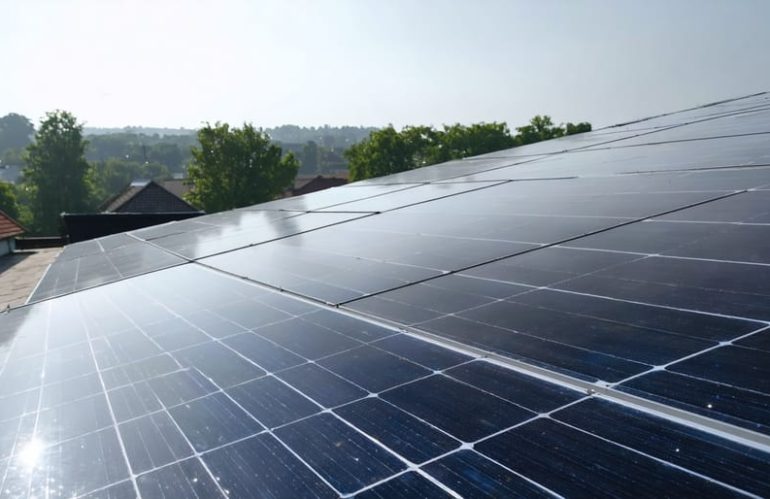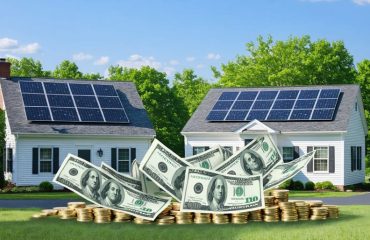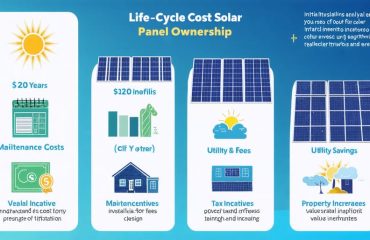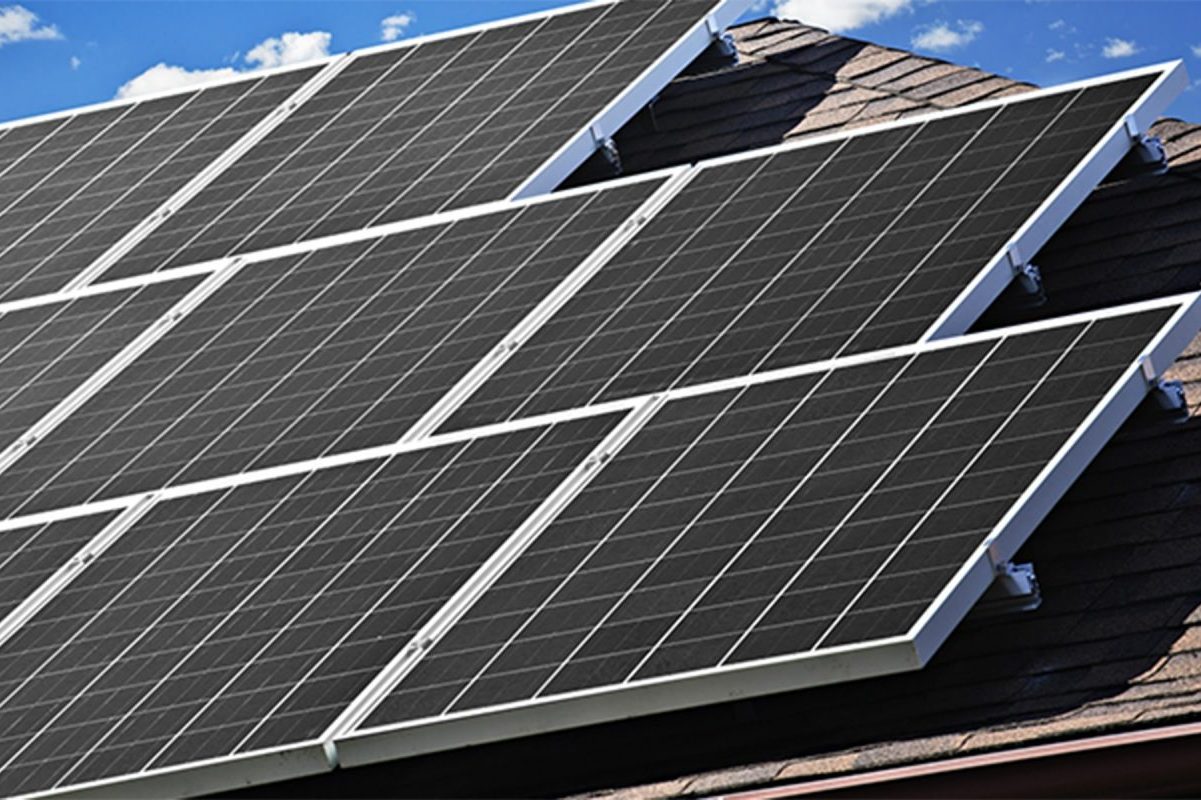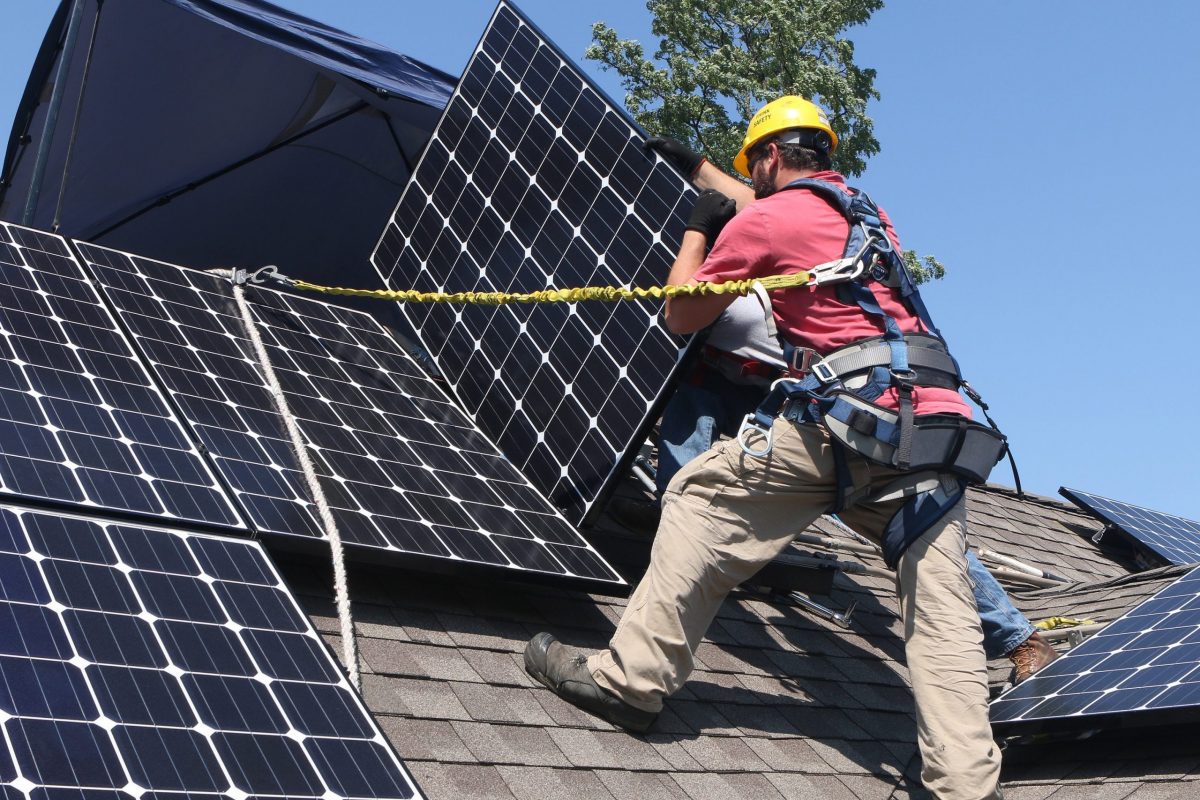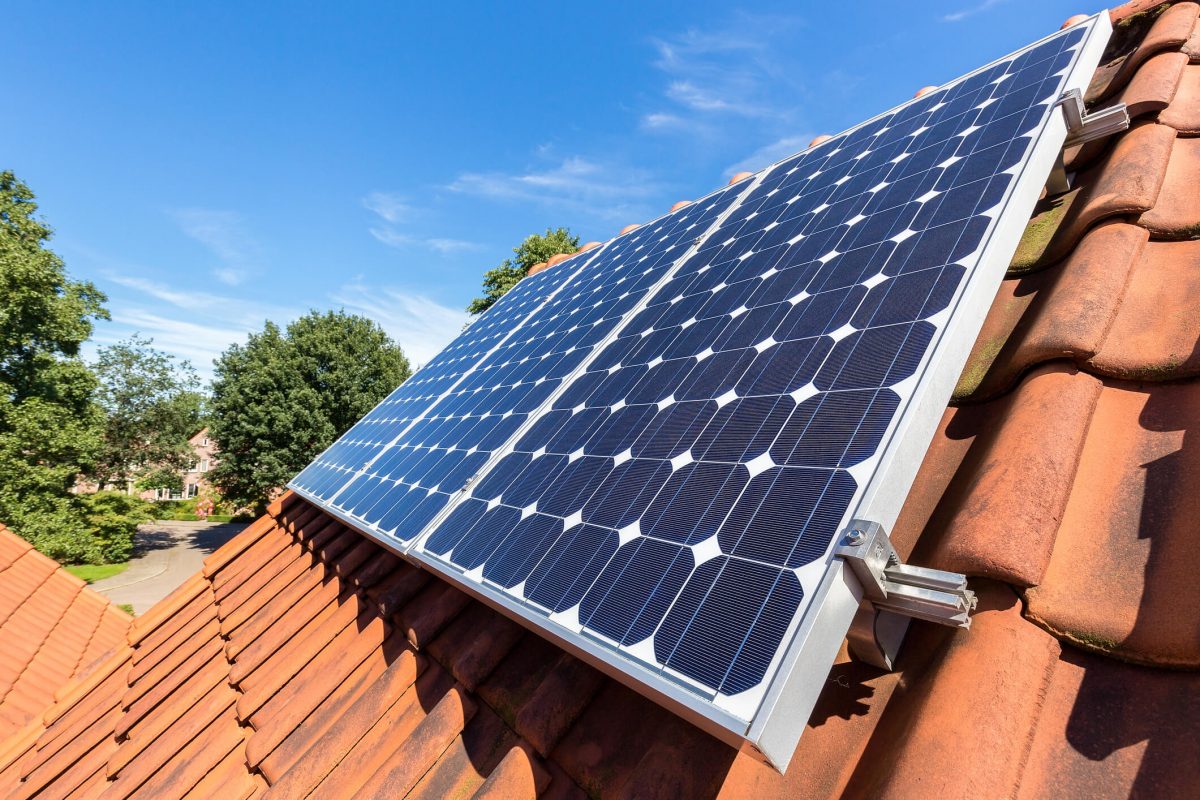Solar panel maintenance costs average just $300-600 annually – a modest investment that protects your solar panel ROI calculations and system longevity. While installation represents the primary expense, ongoing maintenance requirements remain surprisingly minimal for most homeowners. Regular cleaning, annual inspections, and occasional inverter replacements constitute the main upkeep expenses over a system’s 25-30 year lifespan.
Understanding these predictable maintenance costs helps homeowners make informed decisions about solar investment. Modern solar panels feature robust construction, requiring little more than seasonal cleaning and professional check-ups to maintain peak performance. Even including potential component replacements and periodic maintenance, total upkeep typically amounts to less than 1% of the initial system cost per year – making solar power an increasingly attractive option for sustainable, cost-effective home energy.
Regular Maintenance Tasks and Their Costs
Annual Panel Cleaning
Regular panel cleaning helps maintain optimal energy production and extends the life of your solar system. Professional cleaning services typically cost between $150 and $300 annually, depending on your system size and location. These experts use specialized equipment and cleaning solutions, ensuring thorough cleaning without damaging your panels.
For budget-conscious homeowners, DIY cleaning is a viable option that can save money. Basic cleaning supplies cost around $30-50 and include a soft brush, biodegradable soap, and a water hose. However, exercise caution when cleaning panels yourself, as improper techniques can scratch the surface or void your warranty.
Most solar installations require cleaning 2-4 times per year, though this varies based on your local environment. Dusty or pollen-heavy areas may need more frequent cleaning, while regions with regular rainfall might require less maintenance. Monitor your system’s performance through your inverter readings – a sudden drop in efficiency often indicates it’s time for cleaning.
For optimal results, schedule professional cleanings during spring and fall, when pollen and leaves are most likely to accumulate on your panels.
System Monitoring and Inspections
Regular monitoring and professional inspections are essential components of maintaining your solar panel system’s optimal performance. Many modern solar installations come with smart monitoring systems, typically costing between $10-20 per month, which track your system’s performance in real-time and alert you to any issues before they become serious problems.
Professional inspections, recommended annually, usually range from $150 to $300 per visit. During these inspections, certified technicians thoroughly examine your system’s components, check electrical connections, and verify that everything is working at peak efficiency. Some solar companies offer maintenance packages that include both monitoring services and regular inspections, which can help reduce overall costs.
While these expenses might seem like an additional burden, they’re actually a smart investment that can save you money in the long run. Regular monitoring helps identify performance issues quickly, preventing energy loss and maintaining optimal electricity generation. Professional inspections can catch minor problems before they develop into major repairs, potentially saving thousands in replacement costs.
Many homeowners find that bundling monitoring services with their solar warranty or maintenance package offers the best value. Some companies even include basic monitoring services free for the first few years after installation. When budgeting for these services, consider them as preventive measures that help protect your solar investment and ensure continued energy savings.
Long-Term Component Replacement
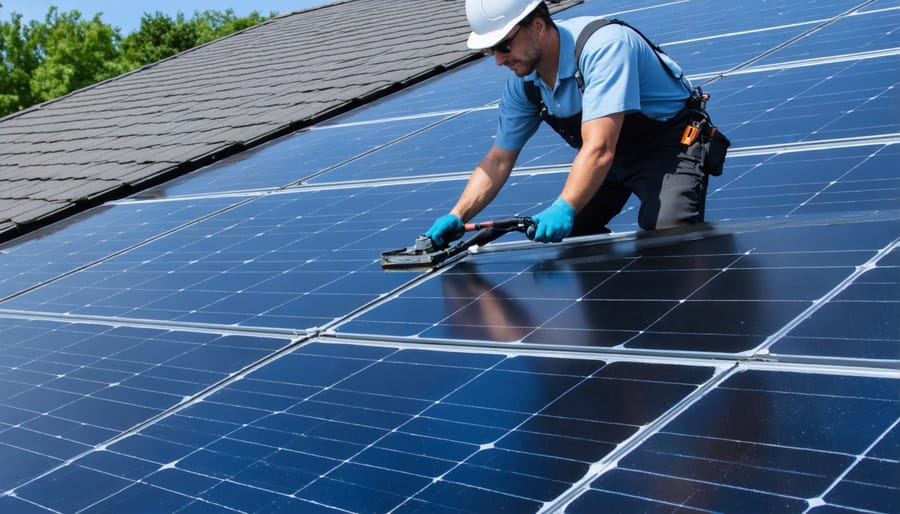
Inverter Replacement
The inverter, a crucial component of your solar system, typically needs replacement every 10-15 years, making it an important consideration in the true cost of ownership. Most string inverters cost between $1,000 and $2,500 for residential systems, while microinverters might run higher but offer longer lifespans and better performance.
The good news is that most inverters come with substantial warranty coverage, typically ranging from 10 to 25 years. Premium manufacturers like SolarEdge and Enphase often provide 25-year warranties, giving homeowners peace of mind. It’s worth noting that microinverters, though initially more expensive, often prove more cost-effective in the long run due to their extended lifespan and individual panel optimization capabilities.
When budgeting for inverter replacement, consider setting aside approximately $100-150 annually in a maintenance fund. This approach helps avoid any financial strain when replacement becomes necessary. Many homeowners choose to upgrade their inverters during replacement, taking advantage of newer, more efficient technology that can boost system performance and energy savings.
Professional installation of a new inverter typically takes 2-4 hours and should always be performed by a certified technician to maintain warranty coverage and ensure proper system function. Some solar companies offer maintenance packages that include inverter replacement planning and reduced installation costs.
Wiring and Connection Updates
The electrical components of your solar system require periodic attention to maintain optimal performance and safety. Typically, wiring and connection updates make up about 5-10% of your annual solar maintenance budget, averaging $100-200 per year for routine checks and minor repairs.
Key areas that often need attention include the junction boxes, inverter connections, and grounding systems. Professional electricians should inspect these components annually to identify loose connections, worn insulation, or signs of corrosion that could impact system efficiency.
Most wire-related issues are preventative in nature and relatively inexpensive to address. However, if you notice significant drops in energy production or receive error messages from your monitoring system, it might indicate connection problems that require immediate attention.
Some common wiring maintenance tasks include:
– Tightening loose connections
– Replacing weathered cable insulation
– Updating outdated connector types
– Reinforcing weather sealing around junction boxes
While DIY-minded homeowners can perform visual inspections, it’s recommended to have a certified solar technician handle any electrical work. Many solar companies offer maintenance packages that include wiring inspections as part of their annual service, which can be more cost-effective than addressing issues as they arise.
Remember that proper wiring maintenance not only ensures system efficiency but also prevents potential safety hazards and extends the life of your solar investment.
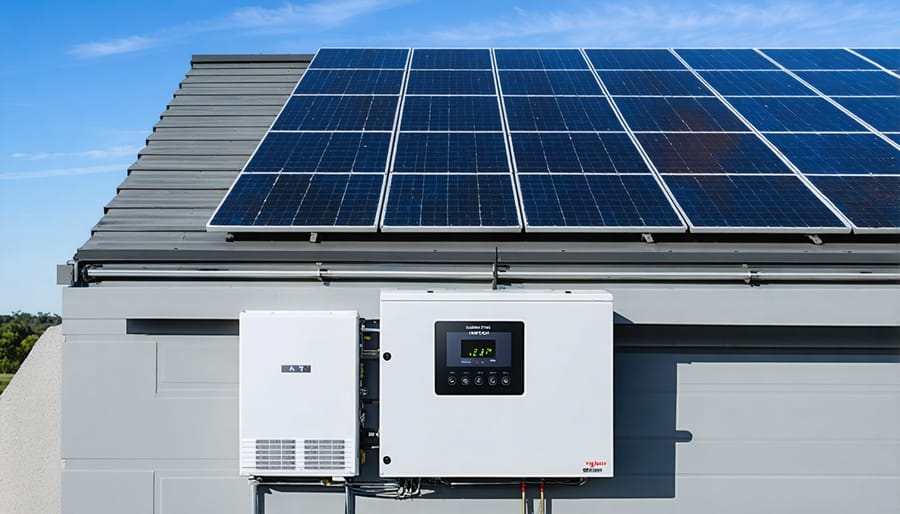
Hidden Costs to Consider
Insurance Considerations
When adding solar panels to your home, it’s important to review your home insurance policy to ensure adequate coverage. Most standard homeowner’s insurance policies will cover solar panels as they’re considered a permanent attachment to your home, similar to a new roof or deck. However, it’s crucial to notify your insurance provider about the installation.
Some insurance companies may require additional coverage or a policy rider specifically for your solar system. This extra coverage typically adds a modest amount to your annual premium, usually between $100 and $200 per year. The exact cost depends on factors like your location, system size, and insurance provider.
Consider also whether your policy covers specific risks like hail damage, falling trees, or electrical issues. Some solar installers offer their own warranty and insurance packages, which can complement your home insurance coverage. These packages often include protection against equipment failure and performance guarantees.
For added peace of mind, ask your insurance agent about coverage limits and any exclusions that might affect your solar investment. They can help ensure you have comprehensive protection without unnecessary overlap in coverage.
Emergency Repair Services
While solar panels are generally reliable, unexpected repairs may occasionally be necessary. Emergency service calls typically range from $150 to $300, depending on your location and the issue’s complexity. Common emergency repairs include inverter malfunctions ($200-500), loose connections ($100-200), and damage from severe weather ($300-1000).
To avoid surprise costs, many homeowners opt for service contracts that cover emergency repairs. These contracts usually cost between $150-300 annually but can save significant money when unexpected issues arise. Some solar installation companies offer discounted emergency services to customers with maintenance agreements.
Keep in mind that most reputable solar panel manufacturers provide warranties covering major defects for 25 years. However, these warranties typically don’t cover damage from extreme weather events or accidents. It’s wise to check if your home insurance policy includes solar panel coverage, as this can significantly reduce out-of-pocket expenses for emergency repairs.
For peace of mind, consider setting aside $200-300 annually for potential emergency repairs, even if you have a service contract. This ensures you’re prepared for any situation while maintaining your system’s optimal performance.
Money-Saving Maintenance Tips
Keep your solar investment performing optimally without breaking the bank with these cost-effective maintenance strategies. Regular visual inspections can help you spot potential issues before they become expensive problems. Set a quarterly reminder to check for visible debris, dirt accumulation, or any obvious damage to your panels.
Consider investing in a long-handled soft brush and garden hose for DIY cleaning during dry seasons. Most residential systems only need cleaning 2-4 times per year, and doing it yourself can save hundreds in professional cleaning fees. However, always clean panels during cooler morning hours to prevent thermal shock from cold water on hot panels.
Monitor your system’s performance through your inverter display or monitoring app. Unexpected drops in energy production can signal maintenance needs before major issues develop. This proactive approach enhances your long-term solar investment value.
Trim overhanging branches to prevent shade and falling debris, which can impact efficiency and potentially damage panels. During winter, clear snow using a soft roof rake with an extended handle – never use metal tools or harsh chemicals that could scratch the panels.
Consider bundling annual professional inspections with your regular roof maintenance to save on service calls. Many solar installers offer maintenance packages that can be more cost-effective than paying for individual services. Keep detailed records of all maintenance activities to maintain warranty coverage and track system performance over time.
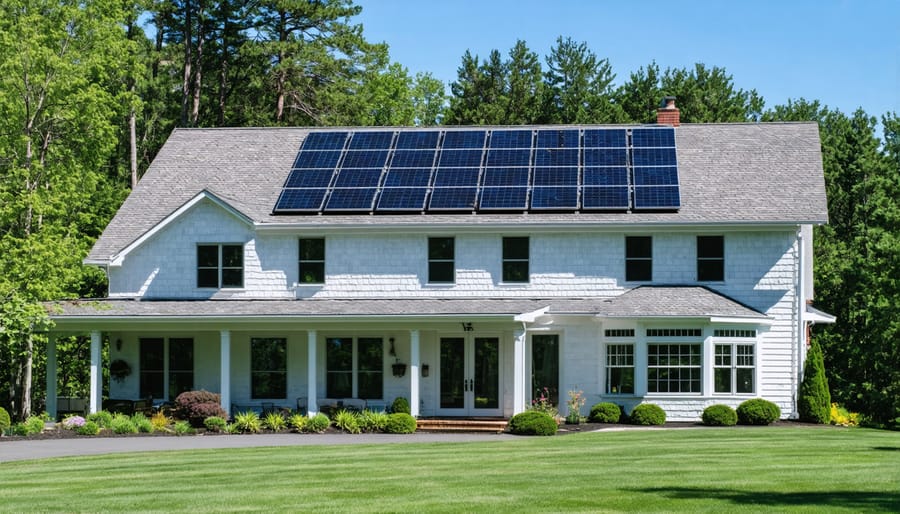
When considering the full picture of solar panel maintenance costs, homeowners can expect to spend between $300 to $700 annually on routine maintenance and cleaning. While this may seem significant, it’s important to note that these costs represent only a small fraction of the overall savings generated by a solar system over its lifetime. Most solar installations continue to deliver strong returns on investment even with maintenance factored in, typically paying for themselves within 5-10 years while lasting 25-30 years. Regular maintenance actually protects your investment by ensuring optimal performance and extending system life. For most homeowners, the minimal upkeep costs are far outweighed by reduced energy bills, increased property value, and environmental benefits, making solar panels a sound financial decision for long-term energy savings.

